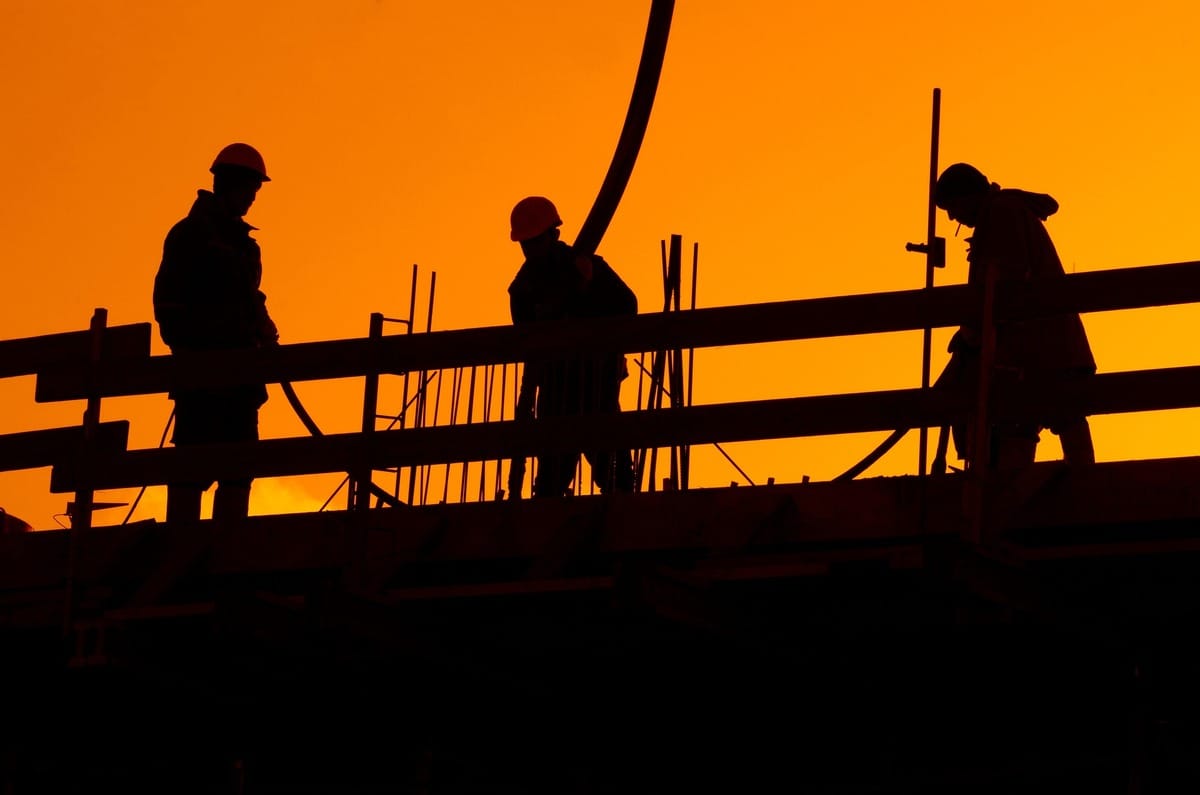- Full Brim Safety
- Posts
- Site Traffic & Vehicle Management - Separating People and Wheels
Site Traffic & Vehicle Management - Separating People and Wheels
Full Brim Safety: Build Smart, Build Safe

Site Traffic & Vehicle Management - Separating People and Wheels
Welcome back, let's Build Smart & Build Safe! We've covered falling objects and moving loads. Today, we're focusing on another major "struck-by" hazard: site traffic and vehicle management. On any active construction site, vehicles and pedestrians must coexist, but safely separating them is critical to preventing collisions.
The dynamic nature of a job site means trucks, forklifts, excavators, and other vehicles are constantly in motion. Without clear rules and designated zones, the risk of a worker being struck by a vehicle escalates dramatically.
1. The Site Traffic Management Plan: Your Roadmap to Safety
Comprehensive Plan: Every site should have a clear, written plan detailing how vehicles and pedestrians move. This includes:
Designated entry/exit points.
One-way systems where feasible.
Speed limits appropriate for site conditions.
Parking areas for personal and work vehicles.
Communicate the Plan: Ensure all workers, visitors, and delivery drivers understand and adhere to the site's traffic plan.
2. Pedestrian Walkways: Creating Safe Lanes for People
Separation is Key: Wherever possible, physically separate pedestrian routes from vehicle travel lanes. Use barriers, fencing, cones, or painted lines.
Clear & Maintained: Ensure pedestrian walkways are well-lit, clear of obstructions, and properly maintained.
No Shortcuts: Encourage workers to use designated walkways, even if it means taking a slightly longer route.
3. Backing Safety: The Most Dangerous Maneuver
Blind Spots: Every vehicle has blind spots, especially large trucks and heavy equipment. Never assume an operator can see you.
Spotters are Critical: Always use a trained spotter when backing up or when an operator's view is obstructed. Maintain clear communication (radio, hand signals).
Alarms & Mirrors: Ensure all vehicles have functioning backup alarms and properly adjusted mirrors.
"Go-Zones": Designate areas where workers should never enter when a vehicle is backing up.
4. Work Zone Safety (Roadway Adjacent Sites): Protecting Workers Near Public Traffic
Traffic Control Plan: For work impacting public roadways, a detailed traffic control plan (TCP) is essential, outlining cones, barrels, signs, and flagging operations.
Flaggers: Trained flaggers must wear high-visibility apparel and use clear, standardized signals to direct traffic and protect workers.
High-Visibility Clothing: All workers operating in or near vehicle traffic (on-site or public roads) must wear high-visibility (fluorescent and reflective) clothing.
5. Be Seen, Be Heard, Be Aware:
Make Eye Contact: If you must approach a vehicle, try to make eye contact with the operator. Get their acknowledgment that they see you.
Never Assume: Always assume an operator cannot see you, especially when you are in a blind spot.
Maintain Distance: Keep a safe distance from moving vehicles at all times.
Implementing a robust site traffic management plan and enforcing strict backing and pedestrian safety rules are fundamental to preventing "struck-by" incidents. Tomorrow, on Fall Protection Friday, we'll look at the dual dangers of being struck by objects or equipment when working at height.
Don't forget to sign your friends up for Full Brim Safety for your daily dose of construction safety tips!
-The Safety Man
